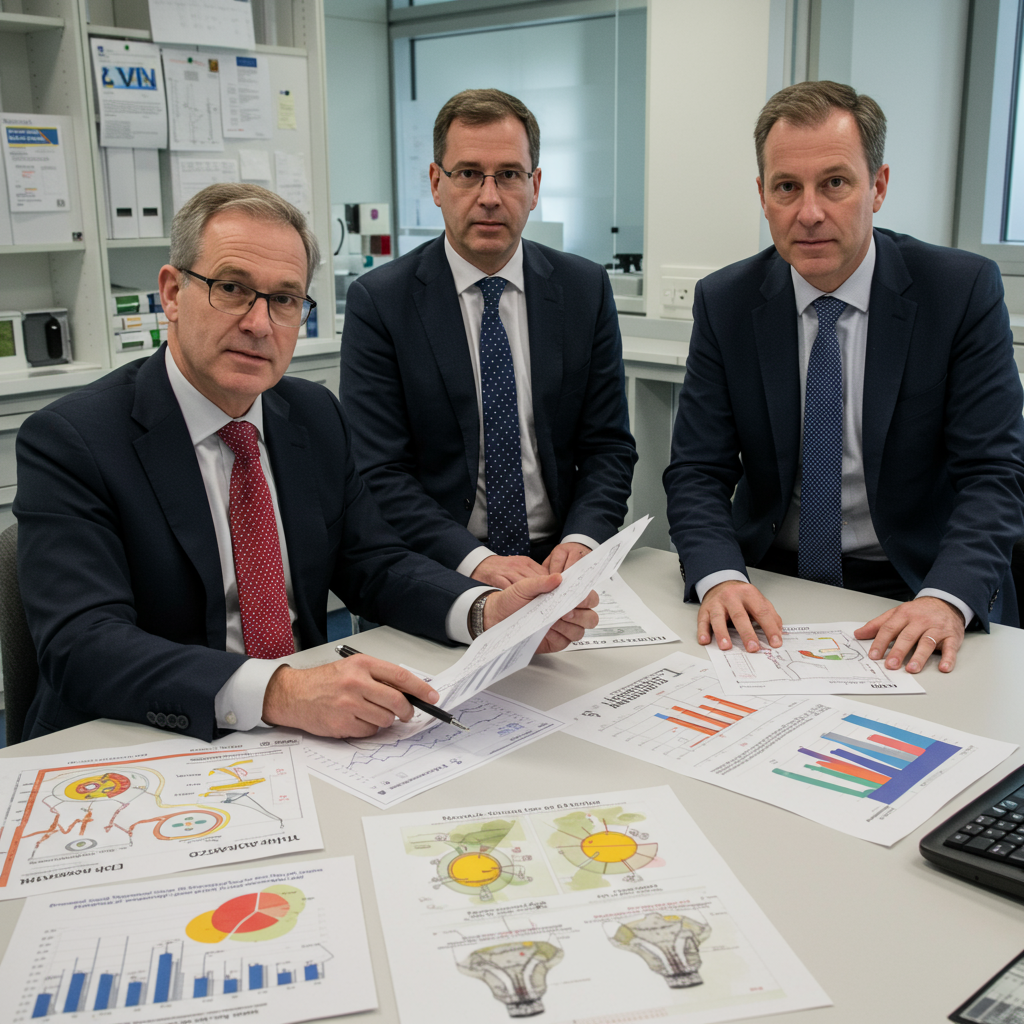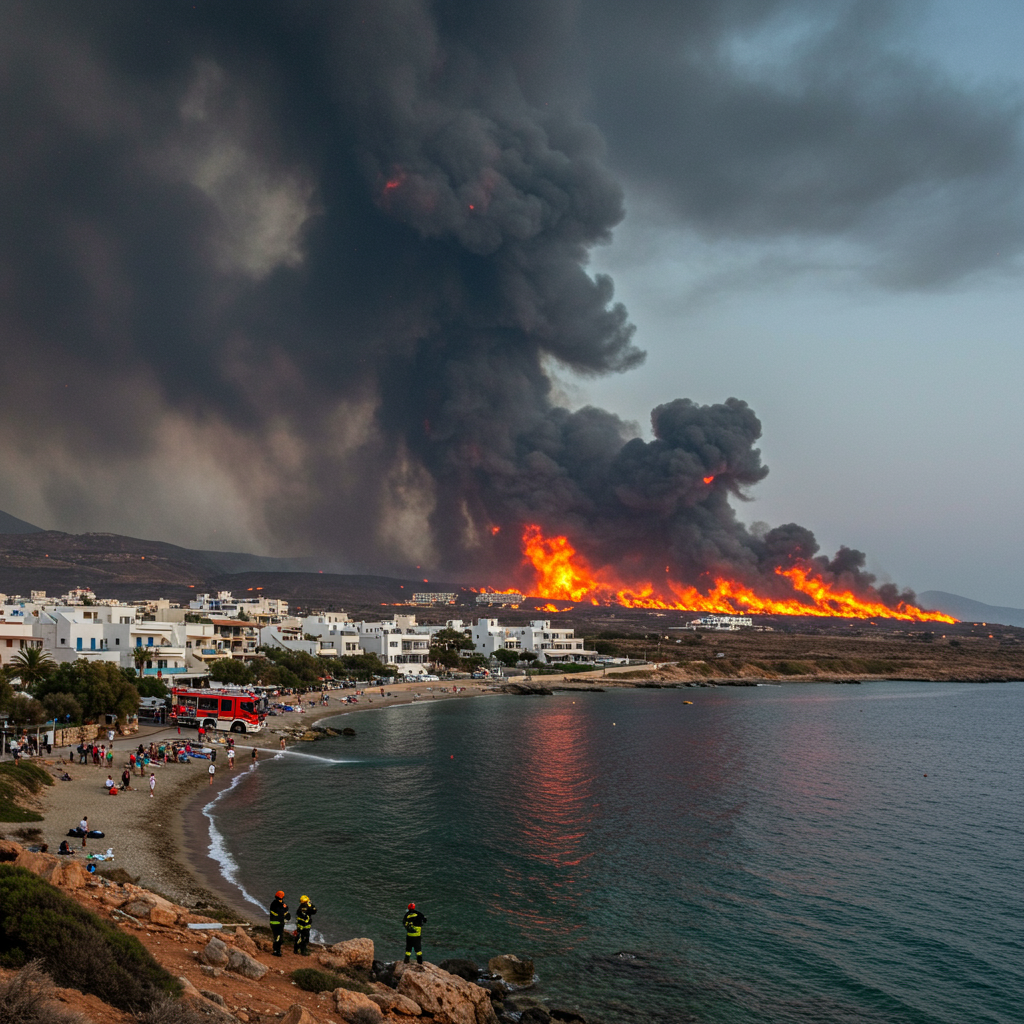The geopolitical landscape of Europe is increasingly tense, with Lithuanian President Gitanas Nauseda issuing a stark warning: Russia is actively probing NATO’s resolve and readiness. Recent military incursions along the alliance’s eastern flank have ignited urgent discussions, exposing critical divergences in international responses and compelling NATO members to confront an escalating pattern of Russian aggression. This pivotal moment underscores the necessity for a unified and decisive front to safeguard territorial integrity and prevent further escalation, as Moscow seemingly tests the boundaries of collective defense.
Escalating Tensions: Russia’s Provocative Airspace Incursions
In recent weeks, a series of bold Russian military actions has sent ripples of alarm across Europe. These incidents, described by some as “unprecedentedly brazen,” demonstrate a calculated strategy to test NATO’s response mechanisms and highlight vulnerabilities.
The Estonian Incident: A Bold Challenge
A particularly concerning event occurred on September 20, 2025, when three armed Russian MiG-31 fighter jets violated Estonian airspace. These heavy interceptors, capable of carrying hypersonic missiles, entered without permission for approximately twelve minutes, penetrating five miles near Vaindloo Island. Estonian officials confirmed the aircraft operated without flight plans, kept transponders off, and ignored air traffic control warnings. NATO aircraft, including Italian F-35s scrambled from the Ämari airbase, intercepted the jets, forcing them out. Estonian Prime Minister Kristen Michal called this the “most brazen breach” since the conflict in Ukraine began, while Foreign Minister Margus Tsahkna echoed sentiments of “unprecedentedly brazen” behavior. This marked Russia’s fourth airspace violation against Estonia this year, but the first involving a formation of multiple armed fighter jets.
Polish & Romanian Airspace Breaches
The Estonian incident was not isolated. Earlier in September, Russia conducted other significant provocations. On September 10, a swarm of at least 19 Russian drones repeatedly entered Polish airspace during a large-scale Russian aerial attack on Ukraine. This prompted NATO, for the first time since the war began, to actively engage and shoot down up to four drones. Polish Prime Minister Donald Tusk declared “multiple violations” and characterized the event as a “large-scale provocation,” firmly refuting any suggestion of accident. Just four days later, Romania also scrambled jets after a Russian drone breached its airspace, though it did not invoke Article 4. Additionally, in late July, Lithuania reported two separate border violations by Russian Gerber drones, one of which carried explosives. These incidents collectively underscore a persistent pattern of “gray-zone tactics” – actions below the threshold of open warfare, designed to probe and test.
NATO’s Response & Internal Divisions
The repeated incursions have spurred rapid reactions from European leaders, triggering seldom-used alliance mechanisms and exposing a notable divergence in diplomatic approaches between key allies.
Article 4 Invoked: A Rare Alliance Mechanism
In a clear sign of heightened concern, NATO’s Article 4 was invoked for the second time in just ten days following the Estonian incursion. This mechanism, which mandates members to consult when the territory, political independence, or security of any member is threatened, had only been triggered seven times in the alliance’s 76-year history before this month. The first Article 4 invocation occurred after the Polish drone incident. These invocations highlight the gravity with which European nations perceive these provocations, viewing them as serious threats to regional stability and collective security. Lithuanian Defense Minister Dovile Sakaliene characterized these events as “deliberate provocations” and “tests of our readiness, our resolve, and of the limits of our deterrence,” emphasizing an “escalating pattern of pressure.”
Divergent US and European Stances
The urgency from European leaders contrasts sharply with the “more restrained note” adopted by U.S. President Donald Trump. While European nations pushed for more robust measures and swift action, Trump maintained a muted stance, reportedly withholding further sanctions against Moscow. He expressed “frustration and disappointment” with Russian President Vladimir Putin, yet conditioned any major sanctions on NATO allies “agreeing, and starting, to do the same thing,” while also criticizing their continued purchase of Russian oil. Regarding the Estonian incursion, Trump commented, “I don’t love it… I don’t like when that happens. Could be big trouble.” His response to the Polish drone incident was similarly understated, suggesting it “could have been a mistake.” This divergence has caused anxiety among NATO members, particularly the Baltic states, who question the consistency of the alliance’s collective defense commitment. Despite Trump’s personal remarks, his acting U.S. ambassador to the United Nations, Dorothy Shea, reaffirmed the U.S. commitment to “defend every inch of NATO territory.”
Understanding Russia’s Strategic Playbook
Experts universally agree that these Russian actions are not accidental. They are deliberate, calculated moves aimed at assessing the West’s resolve and identifying weaknesses within the alliance.
Gray-Zone Tactics and “Prerequisite Preparations”
Brett Erickson, a sanctions expert, views Russian President Vladimir Putin’s actions as “testing the West’s resolve, and battlefield readiness.” He warned that “If the West hesitates, Russia will keep testing, probing, and collecting data on our response,” perceiving “every incursion as a rehearsal.” Without decisive action, NATO risks being seen by Moscow as “predictable, divided, and slow.” George Barros, ISW Senior Russia Analyst, highlighted former Russian president Dmitry Medvedev’s recent rhetoric, which linked Finland’s actions to “Russophobia” and claimed its NATO membership was a covert preparation for war. Barros interprets these as “prerequisite preparations for future war,” noting Russia’s establishment of new military divisions and optimization of command structures on NATO’s eastern flank.
The Threat of Miscalculation
The continuous probing creates a dangerous environment ripe for miscalculation. Lithuanian Defense Minister Dovile Sakaliene stressed that NATO’s primary defense lies in presenting a united front to deter Moscow and prevent a global war. The risk of a Russian “miscalculation” regarding NATO’s collective response remains high. Air Marshal Greg Bagwell, former deputy commander of the Royal Air Force, urged NATO to establish a clear red line, suggesting that a breach should be met with “lethal force after a clear warning” and calling for a united and unequivocal statement from the Alliance. The sheer intensity of Russian air attacks on Ukraine, including a surge in drone strikes, also means more unmanned aerial vehicles are likely to stray into bordering countries, signifying a “new reality” that NATO must adapt to.
Strengthening NATO’s Eastern Flank
The recent incidents have intensified calls for NATO to reinforce its defenses, particularly along the vulnerable eastern flank, and to present an unwavering united front.
Urgent Calls for Unified Deterrence
European leaders, including Ukrainian President Volodymyr Zelenskyy, have consistently pushed for more robust measures against Moscow. Kaja Kallas, the EU’s foreign policy chief, described the Estonian incursion as an “extremely dangerous provocation” and emphasized the importance of not showing weakness. Lithuania’s Foreign Minister Kestutis Budrys stated that Russia was “testing NATO’s limits” and urged the Alliance to “sharpen NATO’s posture to the point where no one dares to test our deterrence.” Latvian Defence Minister Andris Spruds called for further reinforcement of “airspace protection in the Baltics through NATO’s air defence mission.” These calls underscore the belief that collective, decisive action is the most effective deterrent against Moscow’s assertive tactics.
Implications for Global Security
The current surge in Russian military provocations carries profound implications, not only for European stability but for the broader international security architecture.
Beyond Ukraine: A Broader Threat?
While the incidents are framed within the context of Russia’s ongoing war in Ukraine, experts question whether Moscow’s disproportionate investment in military capacity is solely for that conflict. Sakaliene’s observation that Russia’s continued expansion of capabilities raises “considerable doubts if all that mass of military power is being accumulated only for Ukraine” suggests a potentially wider strategic ambition. The “Zapad-2025” military exercises, including rehearsals of Russian nuclear weapons launches, further heighten concerns. President Donald Trump’s grave warning that the U.S. could “end up in World War III” over the ongoing conflict in Ukraine reflects the highest stakes involved. These “gray-zone tactics” threaten to destabilize international norms and push the world closer to a direct confrontation.
Frequently Asked Questions
What specific Russian military actions are testing NATO’s readiness?
Russian military actions testing NATO’s readiness include multiple airspace violations by fighter jets and drones in September 2025. This includes three armed Russian MiG-31 fighter jets entering Estonian airspace for 12 minutes on September 20, as well as a swarm of at least 19 Russian drones violating Polish airspace on September 10, leading to NATO engaging and downing some. Additionally, a Russian drone entered Romanian airspace three days later, and Lithuania reported two border violations by Russian Gerber drones in late July. These incidents are seen as deliberate provocations and tests of NATO’s resolve.
How has NATO’s Article 4 been used recently in response to these incidents?
NATO’s Article 4, which allows members to consult when their security is threatened, has been invoked twice in just ten days in September 2025. This is a rare occurrence, as it had only been triggered seven times in the alliance’s 76-year history before this month. The first invocation followed the Russian drone incursions into Polish territory, and the second was requested by Estonia after three Russian fighter jets violated its airspace. These invocations highlight the seriousness with which European leaders perceive the escalating Russian provocations.
What are the key challenges NATO faces in deterring future Russian provocations?
NATO faces several key challenges in deterring future Russian provocations, primarily the need for a united and decisive response. Experts like Brett Erickson warn that if the West hesitates, Russia will continue testing. A significant challenge is the divergence in responses between European leaders, who advocate for robust measures, and the more muted stance from the U.S. President Donald Trump, who has conditioned sanctions on allied agreement. This internal division risks Moscow perceiving NATO as “predictable, divided, and slow.” The increasing use of “gray-zone tactics” also poses a challenge, requiring adaptable and firm deterrence strategies to prevent miscalculation and escalation.
Conclusion
The warnings from Lithuanian President Gitanas Nauseda and other European leaders are unequivocal: Russia is actively and deliberately testing NATO’s strength and resolve. The series of airspace incursions in Estonia, Poland, and Romania, coupled with expert analyses, paints a clear picture of a calculated strategy to probe the alliance’s readiness and unity. While Europe demonstrates urgent concern and swift action, the contrasting responses highlight a critical internal challenge for NATO. Moving forward, the imperative for the alliance is to forge an unequivocally united front, strengthen its eastern flank defenses, and establish clear red lines to deter further provocations. The stakes are immense, extending beyond regional stability to the very foundation of global security, demanding a concerted and resolute response to prevent a dangerous escalation of tensions.



